The year 1864 was shaping up to be a critical one in the American Civil War. During the previous year, Federal armies had gained control of the Mississippi River and consolidated their grip on Tennessee. Only two significant Confederate military forces still remained in the field. In northern Georgia, General Joseph E. Johnston’s Army of Tennessee, having retreated from Chattanooga, was engaging Maj. Gen. William T. Sherman’s Union forces on their drive toward Atlanta. Meanwhile, in the eastern theater, General Robert E. Lee’s redoubtable Army of Northern Virginia was opposed by the long-suffering Army of the Potomac, still buoyed by its great, if incomplete, victory at the Battle of Gettysburg six months earlier.
In February 1864, the ever-aggressive Lee planned once again to take the offensive. Recognizing that the Confederacy lacked the resources to gain a permanent advantage by a lengthy campaign in northern territory, he aimed to embarrass the enemy and prevent them from initiating a major campaign of their own.
In mid-March, Lee learned that Lt. Gen. Ulysses S. Grant had assumed command of all Union armies. Toward the end of the month, northern newspapers reported that the new Federal commander intended to make his headquarters in the field with the Army of the Potomac. This indicated that Virginia would be his main theater of operations. Southern scouts confirmed that Grant had indeed joined Maj. Gen. George G. Meade at Culpeper Court House, a small Virginia town immediately north of the Rapidan River.
Inside “Crossroads of Destiny,” Jonas Goldstein’s feature inside the Summer 2014 issue of Civil War Quarterly, you’ll read all about Lee and Grant’s first ever wartime encounter. And as you’ll learn, the unforgiving terrain made the battle all the more difficult for both sides.
“It seemed as though Christian men had turned to fiends,” Grant’s aide, Colonel Horace Porter said of the encounter, “and, hell itself had usurped the place of earth.”
Of course, this is only one of many stories you’ll find in the Early Summer edition of the Quarterly. Other features include:
“Stephen Crane’s Red Badge of Courage”
When struggling young writer Stephen Crane flipped open a copy of Century magazine in 1893, the entire course of American literature changed. The Civil War’s greatest novel, The Red Badge of Courage, was born.
“Brawl at Brawner’s Farm”
With Union and Confederate forces massing around a key railroad junction of Manassas, Stonewall Jackson’s II Corps confronted Brig. Gen. John Gibbon’s Iron Brigade at the tiny hamlet of Groveton; it was a prelude of what was to come.
“4th U.S. Regulars at Gettysburg”
The proud Regulars in Company H, 4th U.S. Infantry, made a gallant stand in the blood-soaked wheatfield on the second day of the Battle of Gettysburg.
“The Great Sioux Uprising of 1862”
Outraged by corrupt Indian agents and slow-arriving subsidies, Sioux warriors in Minnesota went on a bloody rampage in the summer of 1862, spreading panic throughout the North already at war.
“East Tennessee Slideshow”
Following the Battles of Chickamauga and Chattanooga, Union Maj. Gen. Ambrose E. Burnside squared off against Confederate Lt. Gen. James Longstreet in East Tennesssee over the strategic city of Knoxville.
“Invasion at Sabine Pass”
A clutch of Confederate Irishmen faced thousands of Federals in the battle for Texas.
“Lincoln vs. Frémont”
Determined to hold on to the crucial border states of Kentucky and Missouri, Abraham Lincoln clashed publicly with Maj. Gen. John C. Frémont, the famous “Pathfinder,” over Freemont’s hasty emancipation proclamation in Missouri.
“Death of a Beau Ideal”
Brigadier General Robert McCook was the beau ideal of his predominantly German regiment. His murky death at the hands of Southern guerrillas sparked angry reprisals by his comrades.
What do you think of Lee and Grant’s tactics in the Wilderness? How do you think their command styles affected the men who served under them? Let us know what you think about this and other features in this issue of Civil War Quarterly in our comments section.
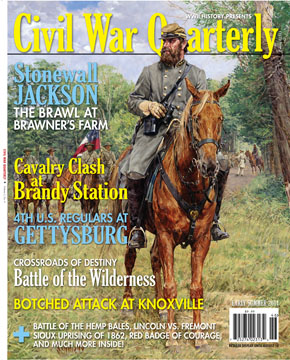
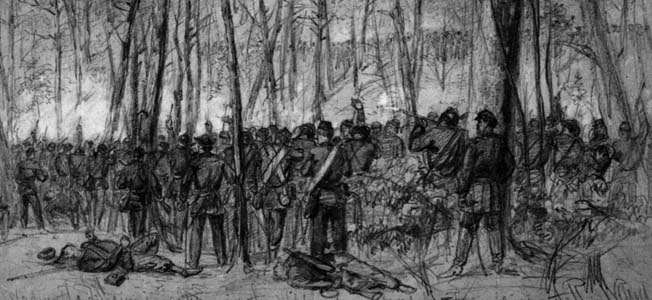
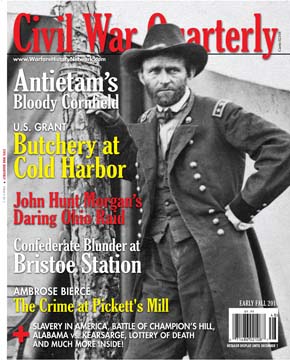
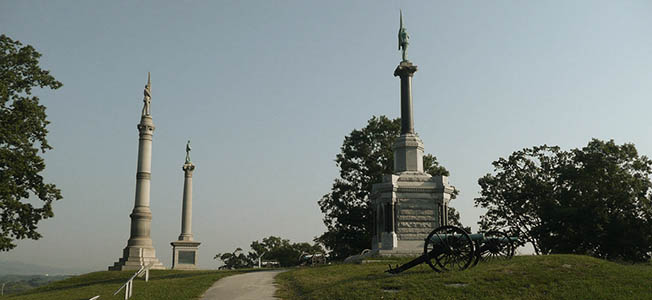

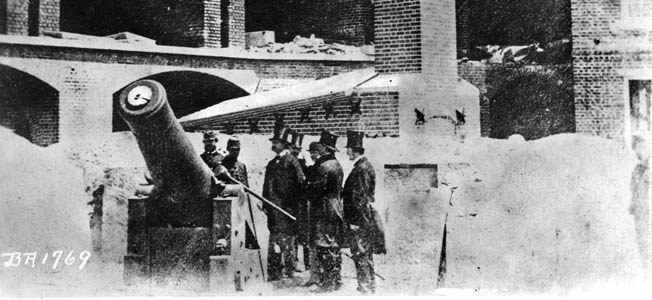
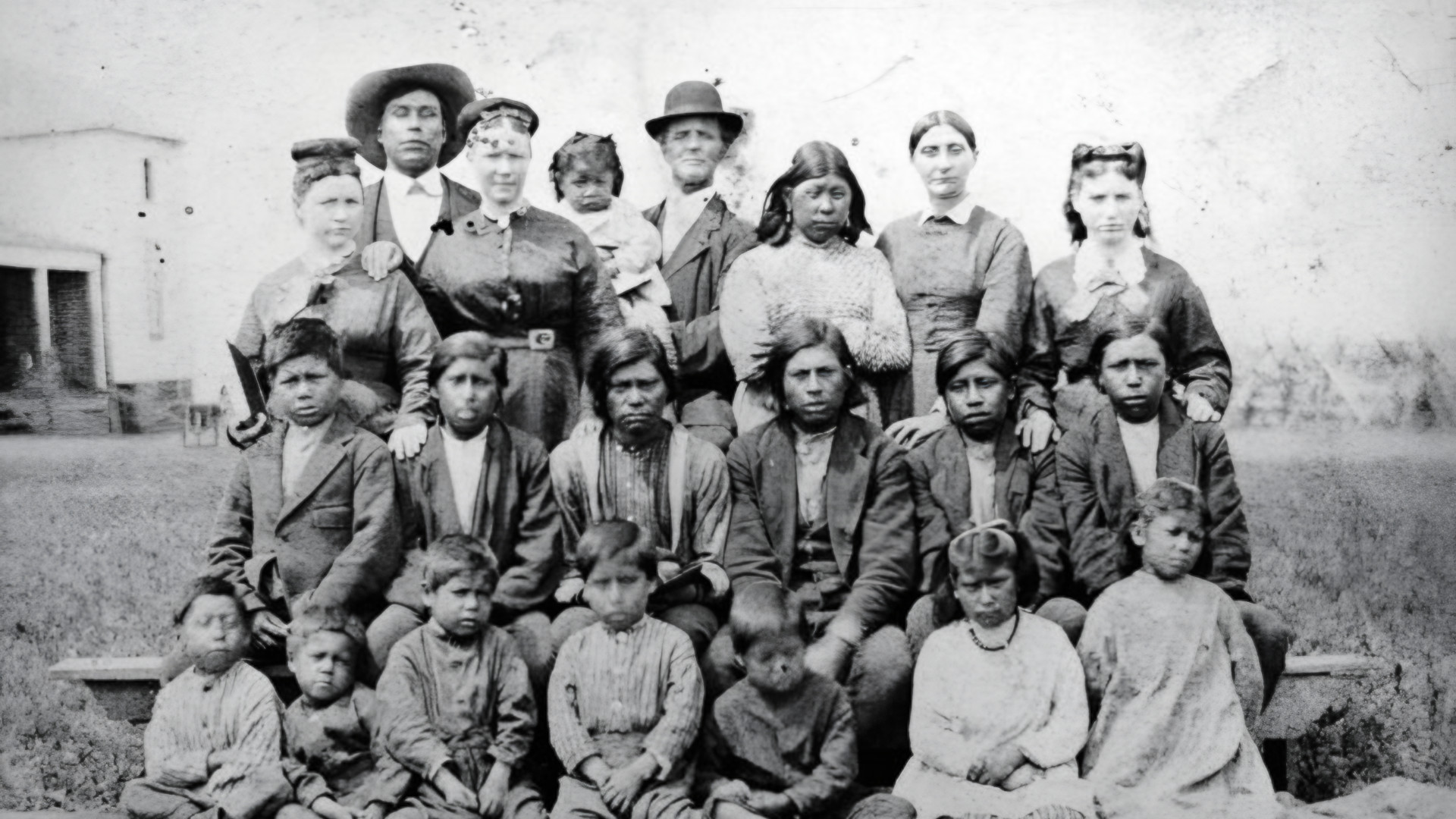
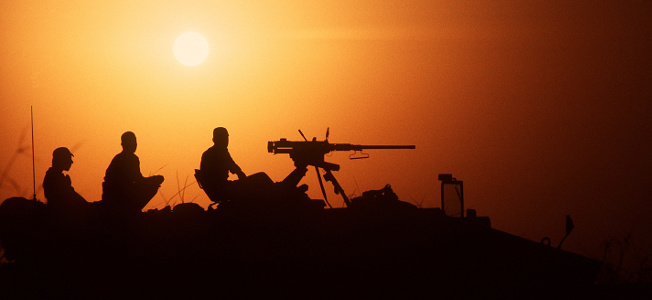
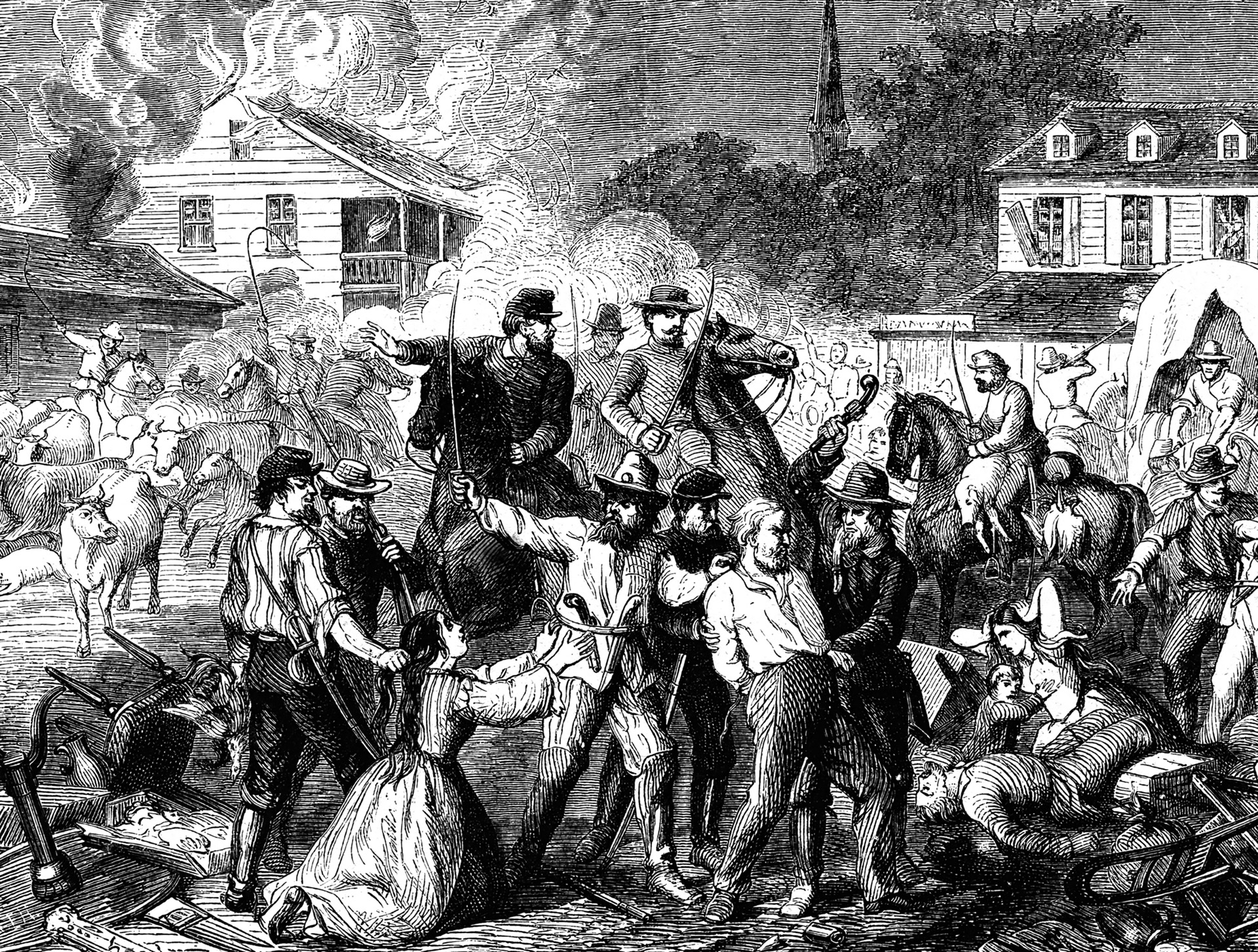
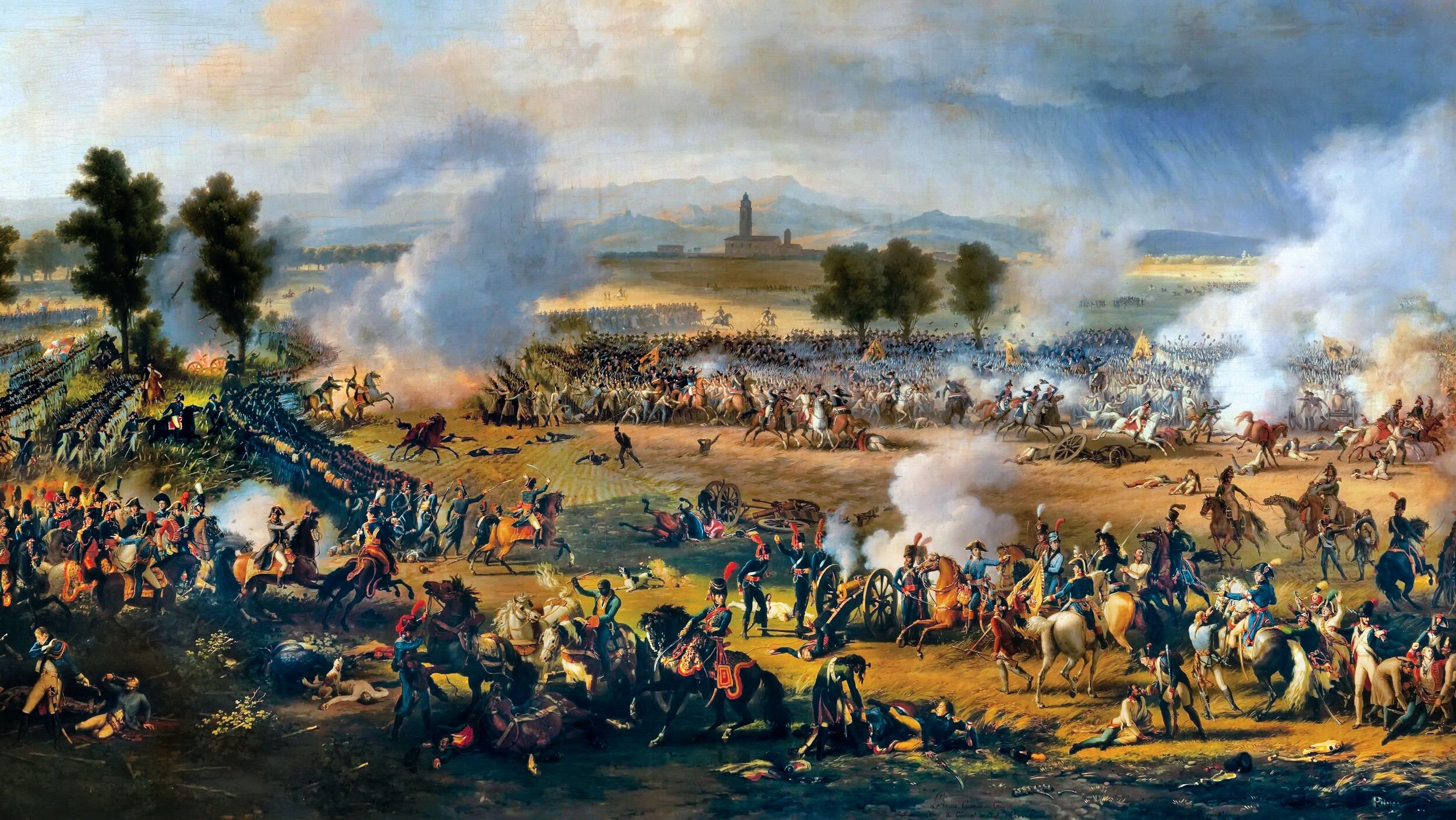
Join The Conversation
Comments
View All Comments